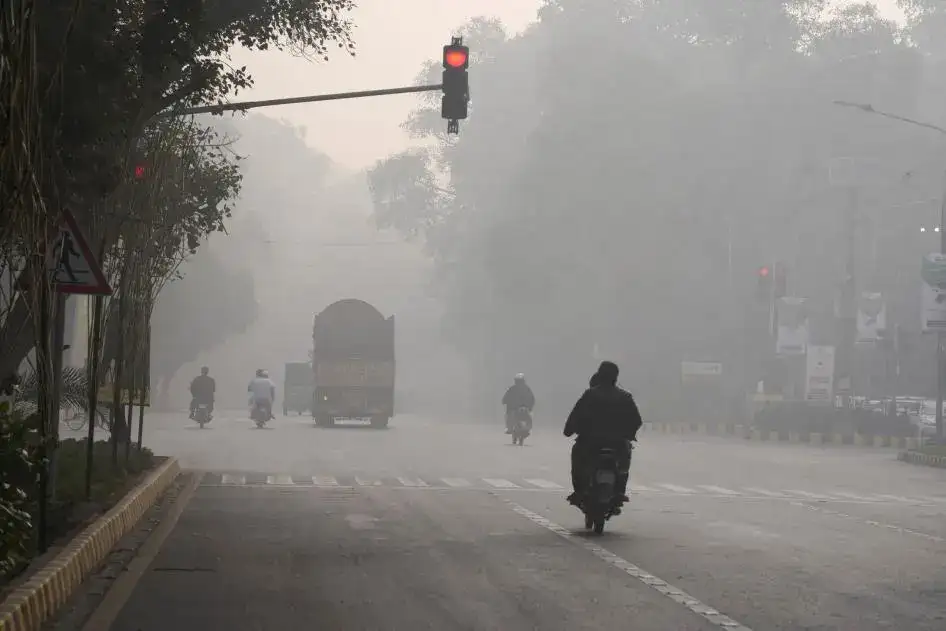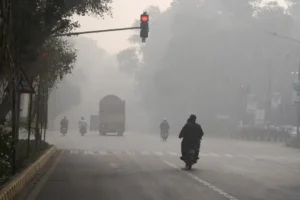![]()
The Pakistan Meteorological Department (PMD) has issued a warning that smog levels are expected to rise sharply across major cities in Pakistan this winter. The forecast attributes the worsening conditions to dry weather, limited rainfall, and high pollution levels, which will likely create dense smog from November to mid-December. A period when air quality typically becomes hazardous.
Experts explain that smog forms when fog combines with smoke and dust particles from factories, vehicles, and crop burning. Without wind or rain, these pollutants remain trapped, forming a thick, harmful layer in the atmosphere.
Major urban centers like Lahore, Gujranwala, Faisalabad, and Multan are expected to experience the most severe smog episodes, posing serious risks to public health. Doctors warn that prolonged exposure may trigger respiratory infections, asthma attacks, and eye irritation, particularly affecting children, the elderly, and people with chronic illnesses.
The PMD has also cautioned that poor visibility could cause traffic accidents and flight delays, urging drivers to use fog lights and avoid unnecessary travel during smog peaks.
Authorities have been advised to take preventive measures, including reducing industrial emissions, controlling vehicle pollution, and banning crop residue burning. Experts emphasize that collective responsibility and timely action are essential to combat the smog crisis and safeguard public health this winter.














